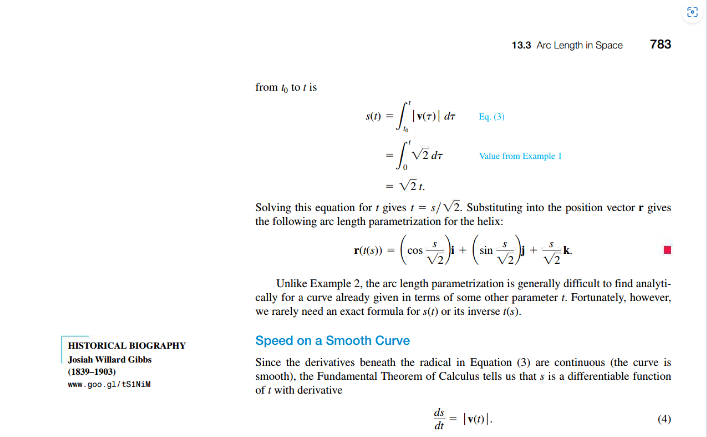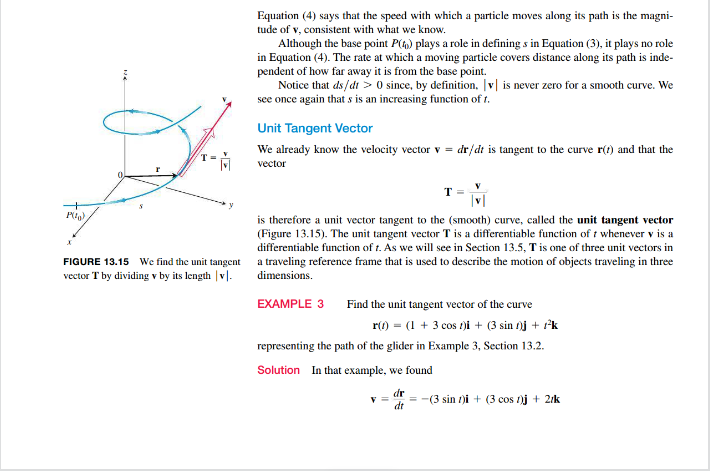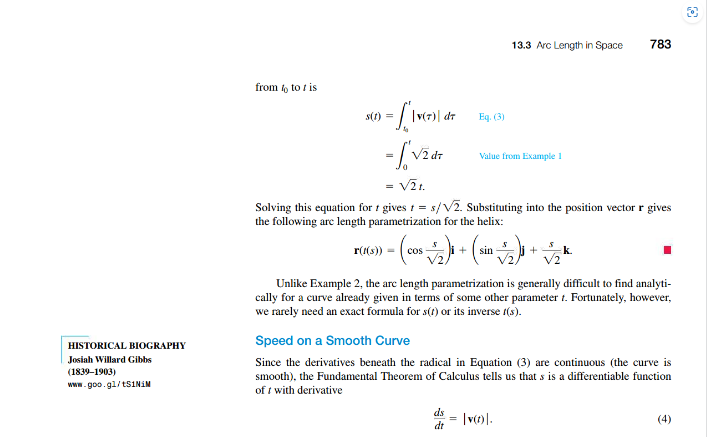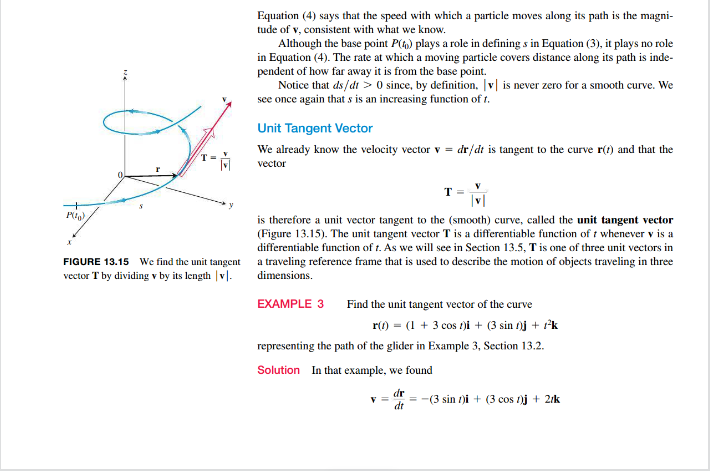Answered step by step
Verified Expert Solution
Question
1 Approved Answer
Question 2: What does Equation (4) here say? State the theorem used to determine this equation. Hint 1: Read the subsection Speed on a Smooth


Question 2: What does Equation (4) here say? State the theorem used to determine this equation.
Hint 1: Read the subsection "Speed on a Smooth Curve" (p. 783).


Step by Step Solution
There are 3 Steps involved in it
Step: 1

Get Instant Access to Expert-Tailored Solutions
See step-by-step solutions with expert insights and AI powered tools for academic success
Step: 2

Step: 3

Ace Your Homework with AI
Get the answers you need in no time with our AI-driven, step-by-step assistance
Get Started


